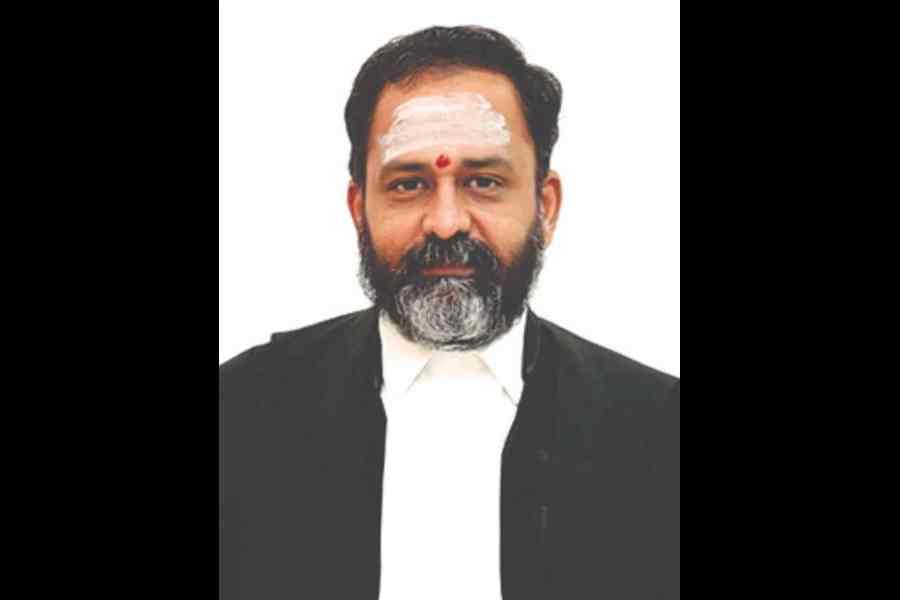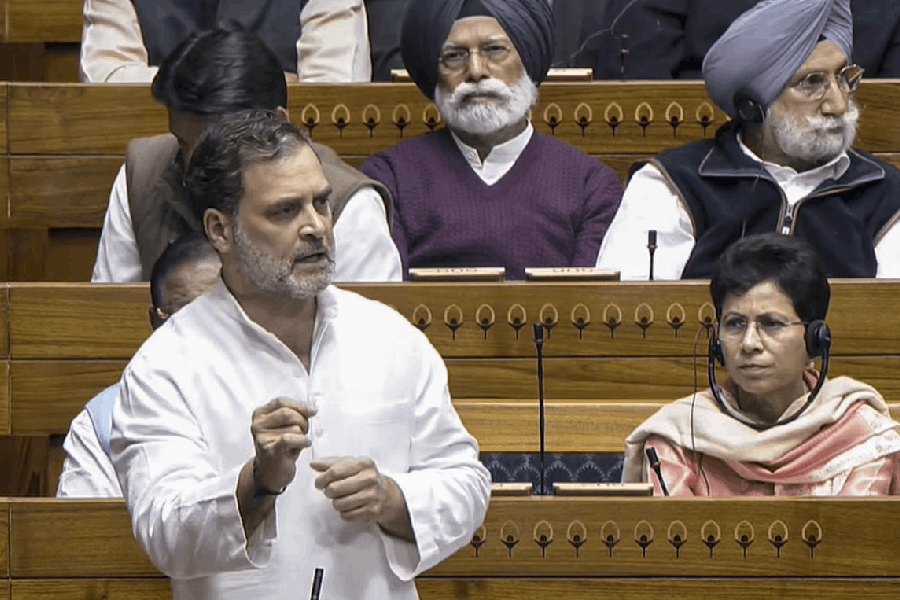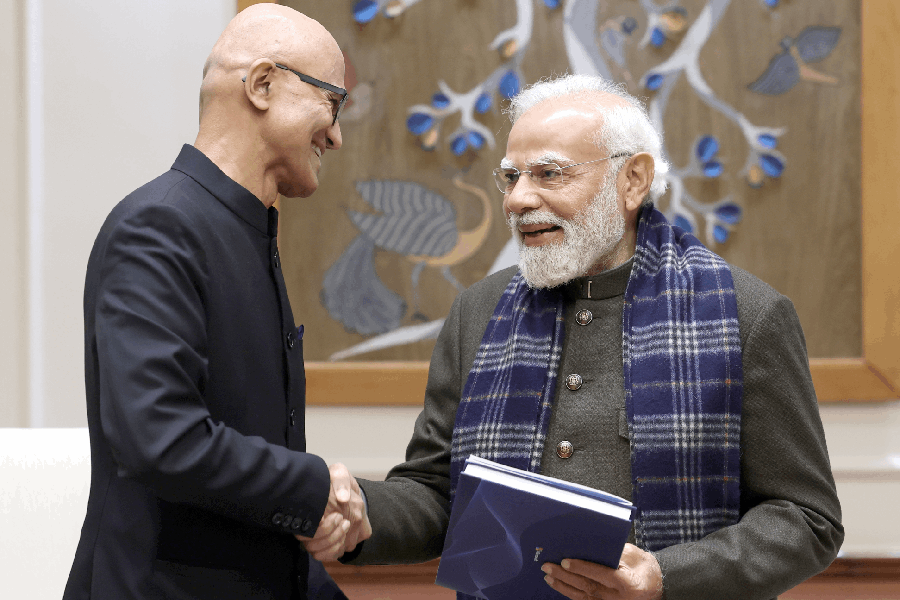The MET Gala this year was inspired by Monica L. Miller’s 2009 book Slaves to Fashion: Black Dandyism and the Styling of Black Diasporic Identity, a book that traces the history of Black men traditionally using fashion as a form of resistance, refinement, and radical self-expression in a society built upon slavery. Miller, an assistant professor of English and herself a guest curator for this year’s Gala, coined the term ‘Black dandyism’ to describe this nuanced cultural phenomenon, in which flamboyance itself becomes an act of rebellion. To reflect this spirit, the MET Gala this year saw some extremely wonderful fashion choices from a number of stars, who not only seemed to have understood the assignment but engaged with it in very thoughtful ways.
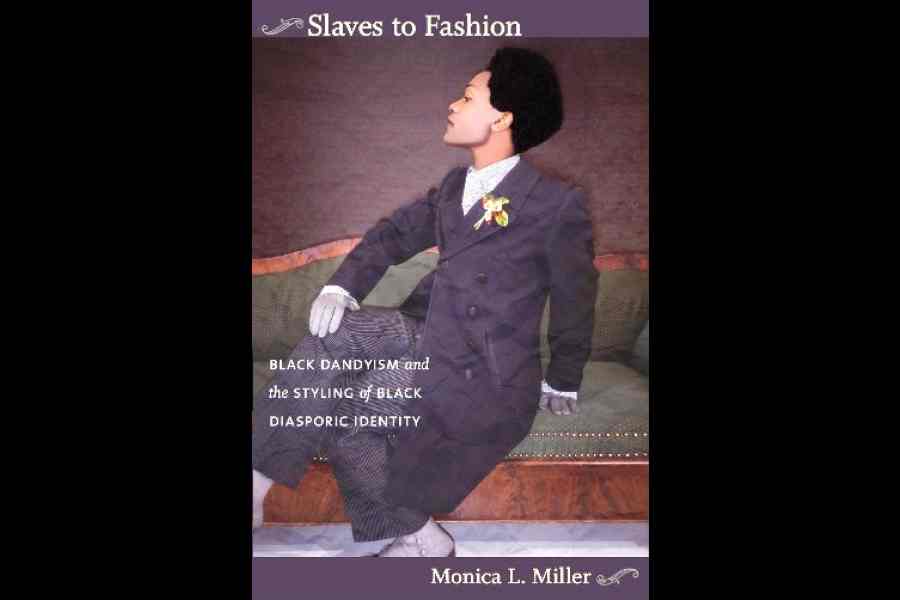
MET Gala 2025: Slaves to Fashion: Black Dandyism and the Styling of Black Diasporic Identity
What Miller essentially presents in her book is a study of how Black individuals across generations in the African diaspora have used fashion, elegance, and style as a means of asserting identity, agency, and resistance. Focusing on the figure of the Black dandy — a person of African descent who adopts and adapts European sartorial norms — Miller traces this tradition from its 18th-century roots in British culture, through the Harlem Renaissance, and into contemporary art and performance, while arguing that these individuals have not simply imitated white European fashion but have reinterpreted it to challenge prevailing narratives about Blackness, class, and gender.
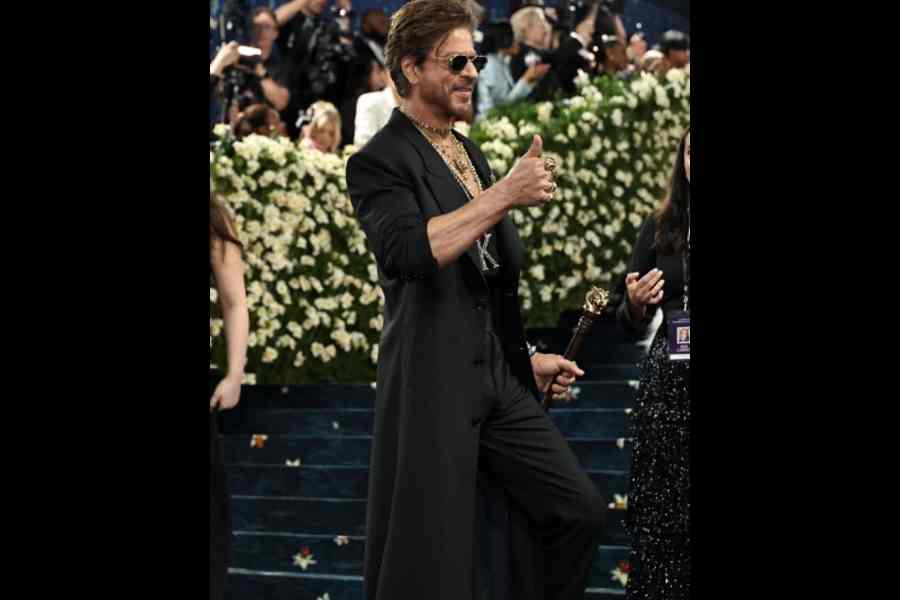
Miller introduces the concept of the “crime of fashion” to describe how the stylish self-presentation of Black people has often been seen as provocative or transgressive, especially in societies that seek to marginalise or control Black bodies. By closely analysing literary works, visual art, theatre, and historical archives, she highlights how dandyism has served as both a personal and political statement: a coded language of freedom, intellect, and defiance, effectively used to reshape the image and perception of Black identity across time and space. Her interdisciplinary approach bridges literary criticism, cultural theory, fashion history, and Black studies, positioning the Black dandy as a vital and enduring figure in diasporic self-expression.
The MET Gala, for years described as “fashion’s biggest night out”, isn’t just about couture and cameras. It is also based on historical movements and books based on or inspired by them, which make it the perfect junction of fashion, cultural memory, and literary influence. This year, to pay homage to Miller’s work, the glitterati descended at the Metropolitan Museum of Art in New York in bold silhouettes, intricate tailoring, and historically resonant details, to celebrate fashion as a form of identity, resistance, and reimagination. Fan favourites like Zendaya, Colman Domingo, Diana Ross, Lizzo, and Jennie quickly grabbed eyeballs, while our very own Shah Rukh Khan, Diljit Dosanjh, Kiara Advani, Isha Ambani, Sabyasachi Mukherjee, and Manish Malhotra turned up in equal parts glitter, glamour, oomph, and charm. Culminating in a dazzling display of cross-cultural homage and creative expression, the night stood out, as always, as proof that style can be both personal and profoundly political, and in some cases, synonymous with subversive.
Subhalakshmi Dey







